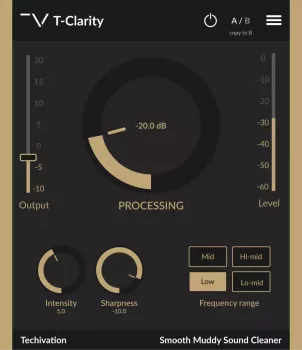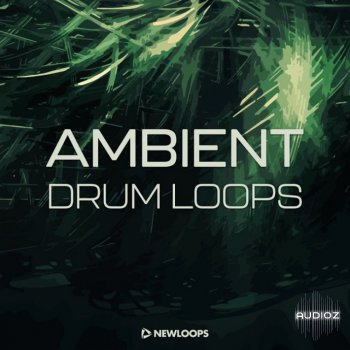
Published 10/2022
MP4 | Video: h264, 1280×720 | Audio: AAC, 44.1 KHz, 2 Ch
Genre: eLearning | Language: English | Duration: 34 lectures (2h 11m) | Size: 1.2 GB
Train YOLOv7 using your custom dataset and perform object detection. Pose Estimation, Instance Segmentation, LabelImg.
What you’ll learn
How to run, from scratch, a Python Deep Learning program to detect 80 object classes in < 10 minutes
How to install and train YOLOv7 using your own custom dataset
Understand YOLOv7 architecture and how it really works
Easily understand The Fundametal Theory of Deep Learning and How exactly Convolutional Neural Networks Work
How to perform object detection for image, video and real-time using webcam/camera
How to find dataset | Data anotation | Dataset splitting
By following the course, at the end, you will have a masker detection using YOLOv7
Requirements
Programming experience is an advantage but not required
Windows laptop/PC
Description
Welcome to the YOLOv7 Masterclass: Deep Learning Computer Vision Course. YOLOv7 is the state-of-the-art object detection deep learning model. It is the fastest, it is the most accurate. YOLOv7 is also the newest official version of YOLO.
What will you learn
1. How to run, from scratch, a YOLOv7 program to detect 80 types of objects in < 10 minutes.
2. YOLO evolution from YOLOv1 to YOLOv7.
3. What is the real performance comparison, based on our experiment.
4. What are the advantages of YOLO compares to other deep learning models.
5. What’s new in YOLOv7.
6. How artificial neural networks work (neuron, perceptron, feed-forward network, hidden layers, fully connected layers, etc).
7. Different Activation functions and how they work (Sigmoid, tanh, ReLU, Leaky ReLU, Mish, and SiLU).
8. How convolutional neural networks work (convolution process, pooling layer, flattening, etc).
9. Different computer vision problems (image classification, object localization, object detection, instance segmentation, semantic segmentation).
10. YOLOv7 architecture in detail.
11. How to find the dataset.
12. How to perform data annotation using LabelImg.
13. How to automatically split a dataset.
14. A detailed step-by-step YOLOv7 installation.
15. Train YOLOv7 on a custom dataset.
16. Visualize your training result using Tensorboard.
17. Test the trained YOLOv7 model on image, video, and webcam.
18. At the end of the course, you will have a robust mask detector.
Who this course is for
Undergraduate/graduate students who are taking computer vision using deep learning as their final project
Any one who is interested in learning Deep Learning and How to Apply it in solving Computer Vision problem
Password/解压密码www.tbtos.com






评论0